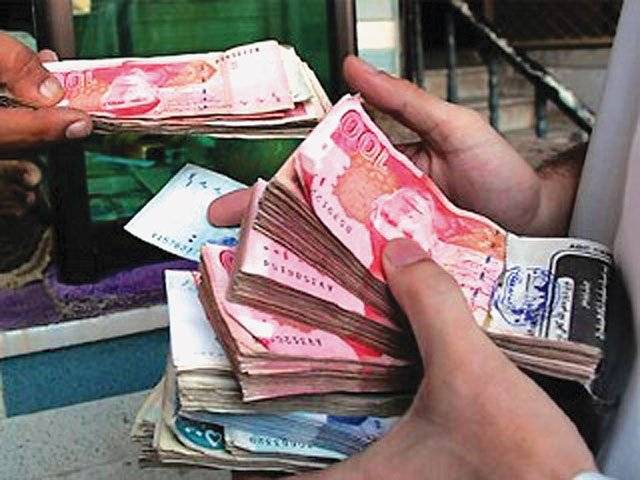LAHORE - The commercial banks deposits in the country have registered a growth of 9 percent during Jan-June 2011 to reach Rs5.6 trillion or $65 billion amid strong inflows of workers remittances and improving exports target. The growth has been witnessed after a gap of around three years and is slightly higher than last three-year average growth of 8 percent during the same period, said banking sector experts and added deposit mobilization in Pakistan generally remains higher in first half of the fiscal year compared to the second half. Where controlled provisioning and higher exposure in government assets has some how supported banks earnings, higher spreads also remains the major earnings trigger for banks. This is evident by recent 1Q2011 earnings, as despite flat growth in advances major banks posted attractive earnings growth of 20 percent. Thus, similar performance is expected in 2Q2011 as well as average banking spread of 7.65 percent (May 2011) is 19bps higher than average of 7.45 percent in 20110. Experts are of the view that the major concerns for the banks profitability in last few years have been the provisioning issues against their assets. During 1H2011, overall provisioning remained at around Rs26 billion, up 7 percent from 2H2010. However, some thing to cheer is the fact that it is significantly lower than 1H2010 level of Rs47 billion, down 45 percent. Where stringent lending policy towards private sector contributed its due hand, improving profitability for textile sector (largest borrower) also remained the major factor behind controlled provisioning. Supply side bottle necks, high interest rates and lower inventors confidence remained at the heart of lower appetite for bank credit, stated Farhan Mahmood, a financial expert, in his report. He said that is why local commercial banks continued their stringent and risk-averse strategy for fresh loans and thus banks advances grew by only 0.3 percent in 1H2011. This is the third consecutive year when advances remained almost flat during the 1H. Where banks remained shy of venturing into risky lending opportunities, they continued with their rising exposure to risk free high yielding government securities. This crowding out of private sector has increased IDR (Investment to deposit ratio) to record high of 45 percent versus 39 percent a year back as bulk of the incremental deposits are being placed in government papers. Farhan Mehmood expected that the banks with low cost deposit would benefit most as their margin likely to improve further as average 6-month KIBOR during 1H2011 stood at 13.62 percent, highest 6-monthly average in last 2.5 years. Experts said that the inflation level of 14 percent, LSM growth of a meager 1.7 percent in 10MFY11 and depressed private sector offtake remain alarming for the sector. Further, rising level of NPLs (cumulative accretion of Rs54b in 4Q10 and Rs26b in 1Q11) continue to eat up profitability. The experts also opined that the banking sector has lost 7.7 percent in value compared to a broader Index gain of 3.7 percent in 1H10-11. They said that the due to the subdued macro scenario of high inflation and low growth on the stalled IMF program and rising stock of NPLs the banking sector is suffering very much. They believe the core macro issues are likely to cloud the sectors performance in the short term. However, high loan coverage and attractive secondary market yields are likely attractions which will enable profits to remain high in 2011. Year end payouts too, may manage to lure investors. Banking sector lost 7.7 percent of its market capitalization in 1H2011, underperforming the Index by 5.0 percent and 6.6 percent in 1Q and 2Q, respectively though sector earnings have been strong (1Q earnings up 26 percent YoY).
Thursday, April 25, 2024
Bank deposits grow 9pc to reach Rs5.6tr

Law minister meets IPC delegation
April 25, 2024
IG Islamabad prioritises public service
April 25, 2024
Overcoming challenges in carbon market engagement
April 25, 2024
IPO to mark World Intellectual Property Day tomorrow
April 25, 2024
Police bolster safety measures following IGP’s directives
April 25, 2024
Musk vs Australia
April 25, 2024
Reforming Rehab
April 25, 2024
Tax It Right
April 25, 2024
Academic Uprising
April 24, 2024
Cooperation Momentum
April 24, 2024
Ending animal suffering
April 25, 2024
AI governance
April 25, 2024
AI concerns
April 25, 2024
Population paradox
April 24, 2024
Unveiling differences
April 24, 2024
ePaper - Nawaiwaqt
Advertisement
Nawaiwaqt Group | Copyright © 2024





